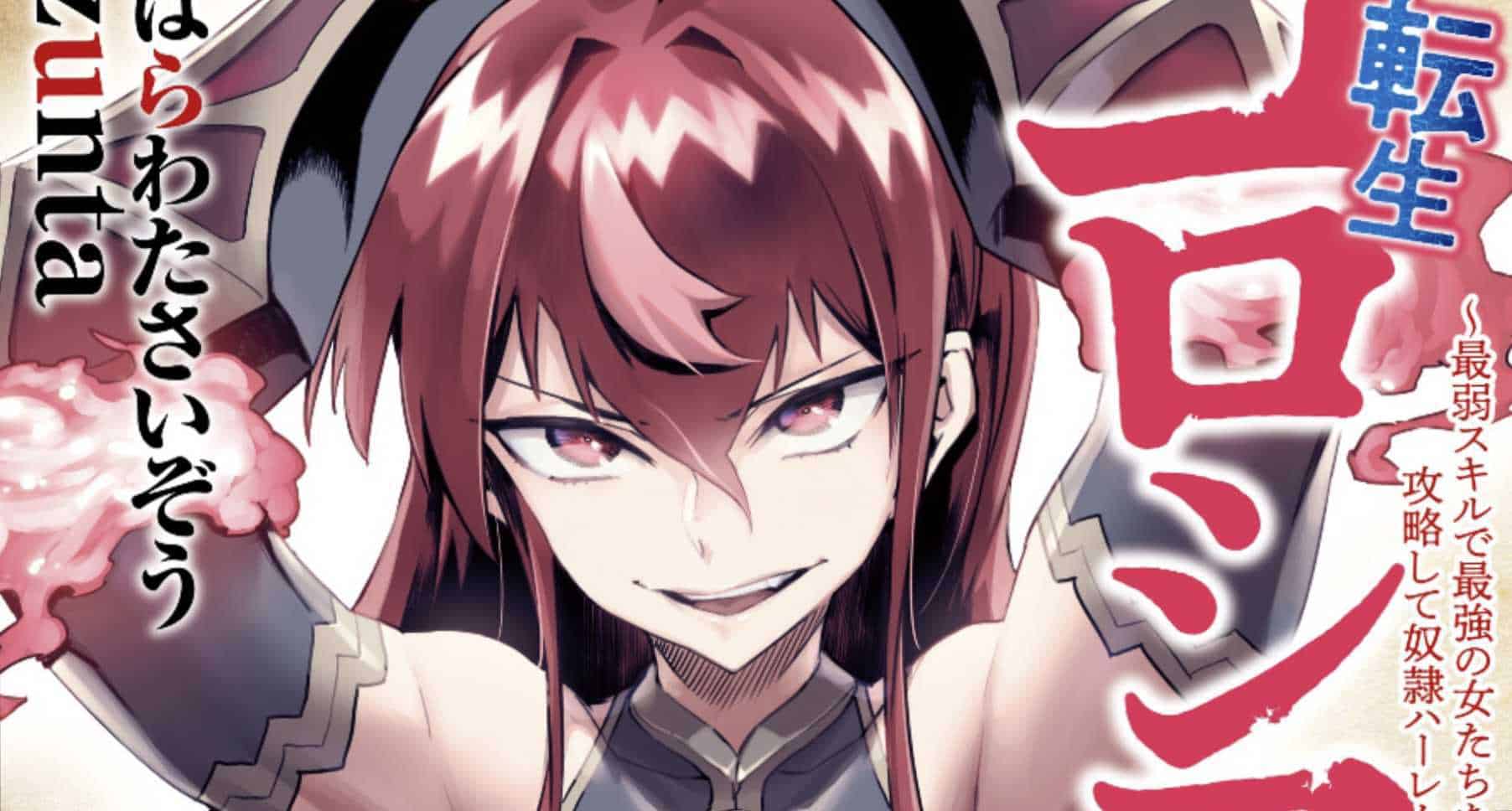Reincarnation colosseum chapter 12 – In the heart of ancient Rome’s gladiatorial arena, the Colosseum chapter 12 unfolds, exploring the fascinating intersection of reincarnation and the spectacle of life and death. This chapter delves into the beliefs, symbolism, and cultural influences that shaped the gladiators’ understanding of their own mortality and the possibility of an afterlife.
The Colosseum, with its towering walls and bloodstained sands, becomes a canvas upon which the cycle of reincarnation is painted. Gladiators, facing their own mortality, found solace and inspiration in the belief that death was not the end but a gateway to a new beginning.
Reincarnation and its Significance in the Colosseum

Reincarnation is the belief that after death, a person’s soul or spirit is reborn into a new body. This concept was prevalent in many ancient cultures, including that of ancient Rome. In the context of the Colosseum, reincarnation held significant implications for the gladiators who fought within its walls.
The gladiators, often slaves or prisoners of war, were often seen as expendable sacrifices to the gods. Their battles were not only a form of entertainment for the Roman populace but also a ritualized form of sacrifice. Many believed that the gladiators who died in the arena would be reincarnated into a higher social class or a more fortunate life.
Belief Systems Surrounding Reincarnation in Ancient Rome
The belief in reincarnation in ancient Rome was influenced by a number of different philosophical and religious traditions. The most influential of these was Orphism, a mystical cult that believed in the transmigration of the soul through a cycle of births and deaths. Orphism taught that the soul was trapped in a cycle of reincarnation due to its sins and that only through purification could it escape this cycle and achieve a state of bliss.
Other philosophical traditions, such as Stoicism and Epicureanism, also incorporated the concept of reincarnation into their beliefs. The Stoics believed that the soul was a part of the divine and that it would be reincarnated until it had learned all that it needed to learn. The Epicureans, on the other hand, believed that the soul was mortal and that it would dissolve into nothingness after death.
Examples of Gladiators or Historical Figures Associated with Reincarnation in the Colosseum
There are a number of gladiators and historical figures who are associated with reincarnation in the Colosseum. One of the most famous is Spartacus, a Thracian gladiator who led a slave revolt against the Roman Republic in 73 BC. Spartacus is often seen as a symbol of freedom and resistance, and many believe that he was reincarnated into a higher social class in his next life.
Another gladiator associated with reincarnation is Crixus, a Gallic gladiator who fought alongside Spartacus in the slave revolt. Crixus is said to have been killed in battle, but some believe that he was reincarnated into a higher social class in his next life.
The Symbolism and Metaphors of the Colosseum in Reincarnation: Reincarnation Colosseum Chapter 12

The Colosseum, an iconic Roman amphitheater, holds deep symbolic and metaphorical significance in the context of reincarnation. Its architectural features and the gladiatorial contests held within evoke profound ideas of rebirth, renewal, and the cyclical nature of life and death.
The Colosseum’s oval shape represents the cycle of life, death, and rebirth. Gladiators entered the arena through the Porta Libitinensis, named after the goddess of death, Libitina. They fought and died in the arena, their blood staining the sand. However, their deaths were not seen as an end but rather as a transition to a new life. The gladiators’ bodies were carried out through the Porta Sanavivaria, the “Gate of Healing,” symbolizing their rebirth.
The Colosseum’s tiered seating arrangement also reinforces the idea of rebirth. The lowest level, closest to the arena, was reserved for the poor and marginalized. As one ascended the tiers, the seating became more comfortable and luxurious, reflecting the idea of spiritual evolution and progress towards a higher plane of existence.
The gladiatorial contests themselves can be seen as metaphors for the challenges and struggles of life. Gladiators faced death in the arena, but they also had the opportunity to achieve glory and redemption. Their victories represented the triumph of the spirit over adversity, and their deaths served as a reminder of the impermanence of life and the need to embrace the present moment.
In the context of reincarnation, the Colosseum symbolizes the ongoing cycle of birth, death, and rebirth. It is a place where individuals confront their fears and limitations, and where they have the opportunity to evolve and transcend their mortal existence.
Historical and Cultural Influences on Reincarnation Beliefs in the Colosseum

The development of reincarnation beliefs in the Colosseum was influenced by a confluence of historical events and cultural practices.
One significant influence was the Roman belief in the afterlife, which held that after death, the soul would journey to the underworld, ruled by the god Pluto. The underworld was divided into several realms, including Elysium, where the virtuous resided, and Tartarus, where the wicked were punished.
Influence of Religion and Philosophy
The concept of reincarnation was also influenced by the teachings of Greek philosophers such as Pythagoras and Plato. Pythagoras believed that the soul was immortal and that after death, it would be reborn into a new body. Plato, in his work “The Republic,” proposed the idea of a cycle of rebirth, in which souls would progress through different lives until they achieved a state of perfection.
Role of Social Customs, Reincarnation colosseum chapter 12
Social customs and practices also played a role in shaping reincarnation beliefs in the Colosseum. The gladiatorial contests, which were a common form of entertainment, were often seen as a way for warriors to prove their valor and earn a place in the afterlife. The belief in reincarnation provided comfort to those who lost loved ones in these contests, as they believed that their souls would be reborn.
Similarities and Differences with Other Cultures
The reincarnation beliefs in the Colosseum shared some similarities with those of other ancient cultures. For example, the Egyptians believed in the concept of ka, a spiritual double that would accompany the soul after death. The Hindus believed in the cycle of samsara, in which souls would be reborn until they achieved liberation from the material world.
However, there were also some differences. The Roman belief in reincarnation was not as elaborate as the Egyptian or Hindu systems. The Romans did not believe in a specific cycle of rebirth or in the idea of karma. Instead, they believed that the soul would be reborn into a new body based on its actions in its previous life.
The Impact of Reincarnation on Gladiatorial Contests

Reincarnation beliefs significantly influenced the behavior and attitudes of gladiators in the Roman Colosseum. The prospect of an afterlife provided a sense of purpose and resilience, shaping their psychological and emotional responses to the grim reality of their profession.
Psychological and Emotional Implications
The belief in reincarnation offered gladiators solace in the face of imminent death. They believed that their souls would continue to exist in a different realm, providing comfort and reducing the fear associated with mortality. This belief also fostered a sense of honor and courage, as gladiators sought to die valiantly in the arena, ensuring a favorable reincarnation.
Strategies and Tactics
Reincarnation beliefs had a profound impact on gladiatorial strategies and tactics. Gladiators often displayed remarkable bravery and aggression, fueled by the belief that their actions in the arena would influence their future lives. They were willing to take greater risks, employing bold and audacious maneuvers to secure victory or earn the respect of the crowd. Additionally, the belief in reincarnation may have influenced the development of specific fighting styles or techniques aimed at maximizing honor and glory in the eyes of the gods and spectators.
Last Recap

As the echoes of gladiatorial combat fade into the annals of history, the Colosseum chapter 12 serves as a testament to the enduring power of reincarnation beliefs. These beliefs shaped the lives and deaths of the gladiators, providing them with both comfort and courage in the face of adversity. And as we explore the depths of this ancient arena, we gain a glimpse into the human spirit’s timeless quest for meaning and the hope of an afterlife.
FAQ Corner
What was the significance of reincarnation in the Colosseum?
Reincarnation provided gladiators with a sense of purpose and hope in the face of their dangerous profession. They believed that death in the arena was not the end but a transition to a new life.
How did the architecture of the Colosseum reflect the concept of reincarnation?
The Colosseum’s circular shape and tiered seating symbolized the cycle of life, death, and rebirth. The arena floor, where gladiators fought and died, represented the underworld, while the upper levels represented the heavens.
What impact did reincarnation beliefs have on gladiatorial contests?
Reincarnation beliefs influenced the strategies and tactics used by gladiators. Some gladiators fought recklessly, believing that they would be reborn into a better life. Others fought with caution, hoping to prolong their current life.


